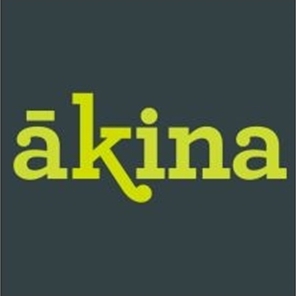Pay rates for skills rising fast over unskilled
Pay rates for skills rising over twice as fast as for unskilled: Wage survey
The employers' National Wage & Salary Survey out today confirms pay rates are pushing up faster than last year, and for skilled people, pay is rising over twice as fast than for semi-skilled or unskilled people.
Though the average wage increase in the survey was 4.5 per cent for the year ended August, (3.8 per cent in 2006) wage increases for unskilled employees averaged only 2.4 per cent, said David Lowe, Employment Relations Manager for the Employers & Manufacturers Association (Northern).
"But pay rates for skilled administrators and management went up 6.6 per cent over the year," he said.
The Survey has been run for 14 years and is New Zealand's most comprehensive measure of remuneration trends.
This year 745 employers contributed data for 48,477 employees across 214 job types in 19 industry sectors. (Pay rates for 30 job categories are attached).
The survey covers all remuneration related income including and measures trends in other benefits such as superannuation schemes and holidays.
"Overall the biggest increases tended to be in office jobs with lower rates of increase in areas such as production supervisors, fitters, and skilled warehouse work," Mr Lowe said.
"Since unskilled people averaged wage increases of 1.7 per cent less than everyone else in 2006, its obvious that over time lower skilled people do fall behind.
"The good news is the incentives to people to up skill themselves are evident in terms of higher wage packets.
"The biggest movers in the pay stakes this year were: skilled shop salespeople (up an average 9.9 per cent); Managing directors with 50 to 199 staff (up 9.5 per cent); registered electricians (up 9.2 per cent); registered nurses (up 9.1 per cent); and diesel motor mechanics (up 8.4 per cent).
"Some key points from the survey are:
- Employers under-estimate how much they need to pay to attract the right staff. Employers end up spending about one per cent a year more in pay than they estimate they will.
- Pay increases in Not-for-profit organisations are up. Their average increase was 4.35 per cent this year.
- Senior managers often have about 20 per cent of their remuneration package related to the performance of their businesses and delivered in the form of performance bonuses.
- Over a third of employers specifically say they do not offer redundancy compensation. For those that do the 4 + 2 formula (four weeks pay for the first year of employment and two weeks pay for every year thereafter) was the most common.
- While KiwiSaver is still new, employers are ditching their own superannuation scheme, (68 per cent in 2005 down to 50 per cent in 2007) with a further 12 per cent saying they will discontinue their own schemes.
- Only 8.5 per cent of workers are getting five weeks holiday; 2.4 per cent get more than five weeks. 89.1 per cent of employees get four weeks holiday, demonstrating the increase in the statutory minimum holidays earlier this year has not produced an extra week's holiday for those already on four weeks.
- The average amount of annual leave being accumulated has doubled since last year. Many staff seem unable yet to take the extra leave they are now entitled to.
- Using annual leave to recognise long service has fallen dramatically. Last year, nearly half the work force was getting extra leave based on service, which has fallen to 22 per cent this year.
"Increases taken from just the latest year in isolation can be misleading; we recommend looking at the actual dollar value of a position and noting its average percentage trend increase over three years.
"For instance, salary for HR managers went down by 0.4 per cent this year, but in 2006 the increase registered 9.7 per cent whereas the average annual increase over the past three years has been 3.9 per cent."
ENDS


 Business Canterbury: Urges Council To Cut Costs, Not Ambition For City
Business Canterbury: Urges Council To Cut Costs, Not Ambition For City Wellington Airport: On Track For Net Zero Emissions By 2028
Wellington Airport: On Track For Net Zero Emissions By 2028 Landcare Research: ANZAC Gall Fly Release Promises Natural Solution To Weed Threat
Landcare Research: ANZAC Gall Fly Release Promises Natural Solution To Weed Threat NZ Anti-Vivisection Society: Auckland Rat Lovers Unite!
NZ Anti-Vivisection Society: Auckland Rat Lovers Unite! University of Canterbury: $1.35 Million Grant To Study Lion-like Jumping Spiders
University of Canterbury: $1.35 Million Grant To Study Lion-like Jumping Spiders Federated Farmers: Government Ends War On Farming
Federated Farmers: Government Ends War On Farming



